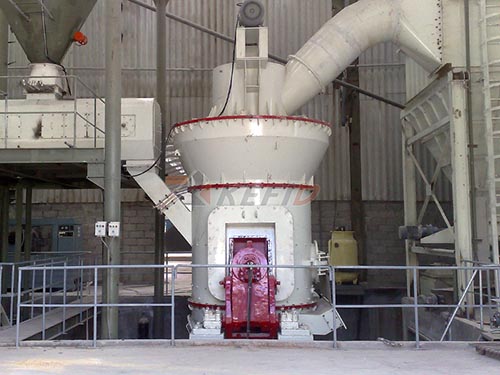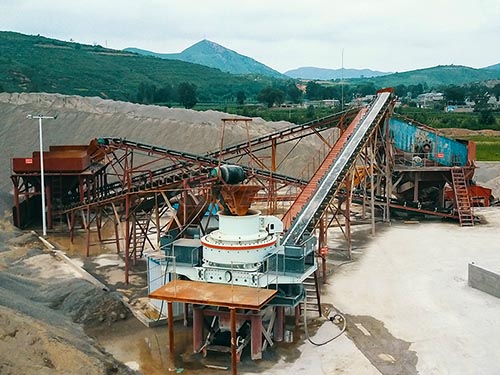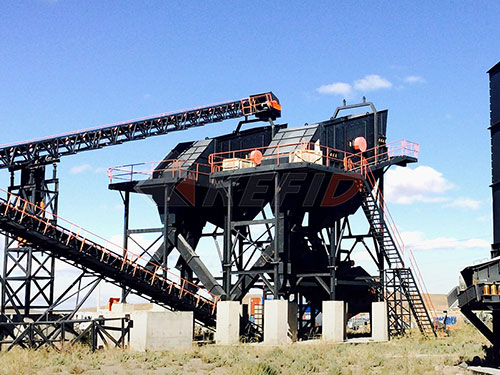The Essential Guide to 28-Inch Cone Crushers in Kazakhstan: Parts, Diagrams & Strategic Procurement
The relentless demand for mineral resources fuels Kazakhstan’s vast mining sector. At the heart of processing hard, abrasive ores – from copper and gold to iron ore and polymetallic deposits – stands the indispensable cone crusher. Among the critical sizes deployed across the steppes and mountains, the 28-inch cone crusher strikes a significant balance between robust capacity for primary/secondary crushing and manageable operational footprint. For mine managers, procurement specialists, and maintenance engineers navigating this crucial equipment segment within Kazakhstan, understanding parts diagrams and pricing dynamics is paramount for operational efficiency and cost control. This comprehensive guide delves deep into the world of 28-inch cone crushers within the Kazakhstani context.
Understanding the 28-Inch Cone Crusher: Core of Ore Reduction
A cone crusher operates on a relatively simple yet highly effective principle: compressive force generated between a gyrating mantle liner (attached to a central vertical shaft) and a stationary concave liner (mounted inside the crusher frame or “bowl”). Rock fed into the top is progressively crushed as it descends through the increasingly narrow crushing chamber until it exits through the gap at the bottom (the closed-side setting or CSS), determining the final product size.
The “28-inch” designation typically refers to the approximate diameter of the feed opening at its widest point. This size is particularly well-suited for:
1. Medium-Scale Mining Operations: Offering substantial throughput without requiring the massive infrastructure of larger units.
2. Secondary Crushing Stage: Efficiently reducing material pre-screened from primary jaw crushers down to feed sizes suitable for tertiary crushing or grinding circuits.
3. Aggregate Production: Crucial for producing high-quality crushed stone, sand, and gravel meeting construction specifications.
4. Versatility: Capable of handling a wide range of materials, from relatively soft limestone to extremely hard granite or abrasive iron ores common in Kazakhstan.
Why Parts Diagrams are Non-Negotiable

A detailed parts diagram (or exploded view assembly drawing) is far more than just an illustration; it’s an operational lifeline and a financial safeguard:
1. Precision Maintenance & Repair:

Identification: Unambiguously identifies every single component – from major assemblies like the head, main shaft, and bowl, down to individual bolts, seals (like main shaft step plates or dust seals), O-rings, thrust bearings (

Leave a Reply